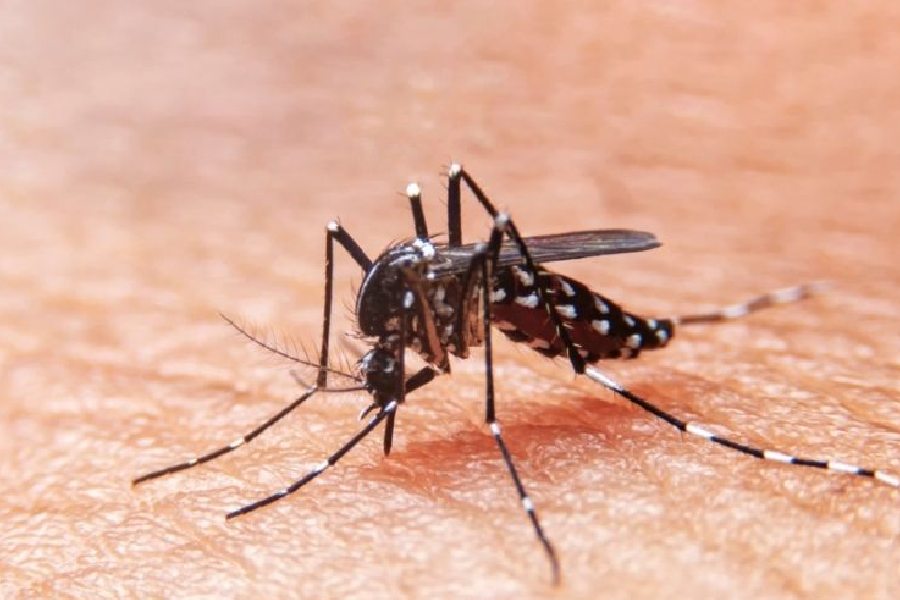Over 1,300 fresh dengue infections were reported from Kolkata over the past week, the season’s highest weekly count in the city, mayor Firhad Hakim said on Friday.
As many as 1,367 fresh cases were reported in the Kolkata municipal area from October 6 to 12.
Last Friday, the mayor had said 1,102 fresh cases had been reported in the previous week.
Officials of the Kolkata Municipal Corporation (KMC) said the rise in the weekly infection numbers shows the threat from the disease is still very strong.
The total number of dengue infections in the city, since January, stands at 7,422, Hakim said.
Hakim was only sharing the infection figures from the Kolkata municipal area. A number of people living in adjoining municipal areas, such as Bidhannagar and South Dum Dum, have also been infected with dengue.
Those municipal bodies, however, do not reveal any numbers. The state government, too, does not disclose the number of fresh dengue infections in the city, though it has held multiple meetings to combat the disease.
Civic officials in Kolkata said dengue infections remain high in September and October. “In one year, before the pandemic, infections remained high even in November. In fact, there is always a possibility of a spurt in infections after the Puja, especially if it rains on the festive days,” the official said.
A huge volume of solid waste is generated during the Puja. The waste contains glasses, cups, plates and containers, which are ideal for mosquitoes to breed if water accumulates in them.
The Aedes mosquito, the primary transmitter of the dengue virus, can breed in a spoonful of water. An Aedes egg can grow into an adult mosquito within seven to 10 days if the water remains undisturbed.
“The Puja days see huge gatherings of people. Many in the crowd can be asymptomatic carriers of the dengue virus. A mosquito can pick up the virus from such a person and pass it on to another person. So, there is always the threat of spread of the disease after the Puja,” an official said.
